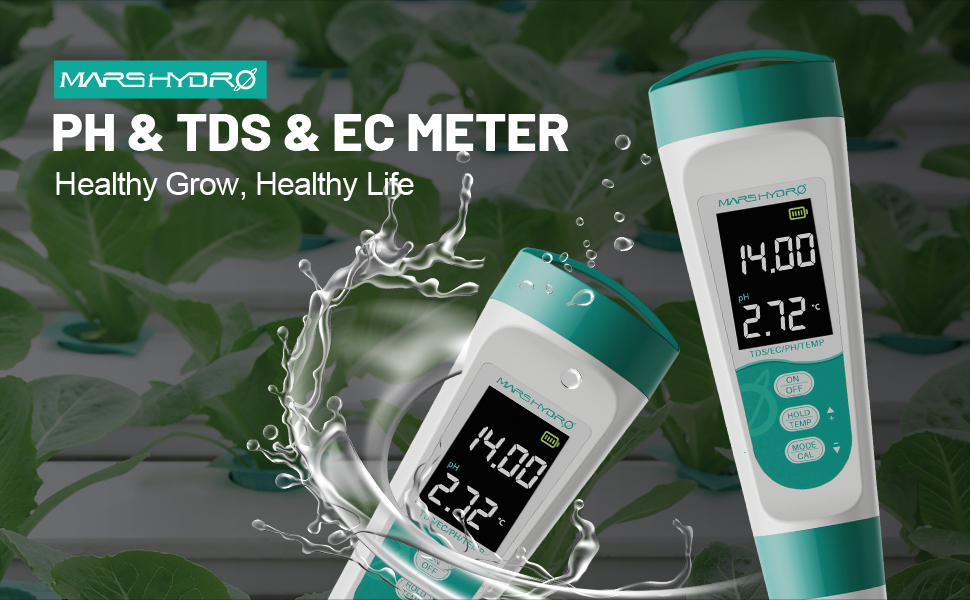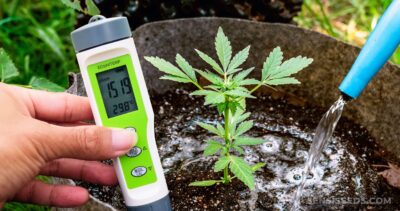Water calibration

💧 Watering, Drainage, TDS and pH in Cannabis Cultivation
Introduction
Proper water management is one of the most overlooked yet critical parts of successful cannabis growing. It’s not just about watering on schedule—the quality of water, pH, TDS, and drainage all directly affect root health and nutrient absorption. In this guide, we’ll break down each of these elements and how to control them like a pro.
Good Water vs. Bad Water
Ideal cannabis water should:
- Be free of chlorine and heavy metals
- Have a balanced pH (6.0–6.5)
- Contain proper TDS (300–1200 ppm depending on growth stage)
- Stay between 18–22°C (65–72°F) in temperature
❌ pH too high or low = nutrient lockout
❌ Excessive TDS = salt buildup = root damage
What Is pH and Why It Matters
pH measures how acidic or alkaline your water is.
- 6.0–6.5 is the sweet spot for optimal nutrient uptake
- Out-of-range pH leads to deficiencies (iron, magnesium, etc.)
- Always measure with a digital pH meter
What Is TDS (or EC)?
TDS = Total Dissolved Solids
It shows how many dissolved minerals (salts, nutrients, etc.) are in your water, measured in ppm or EC.
| Growth Stage | Ideal TDS Range (ppm) |
| Seedling | 300–400 ppm |

| Seedling | 300–400 ppm |
| Vegetative | 600–1000 ppm |
| Flowering | 1000–1200 ppm |
| Final Weeks | <300 ppm (for flushing) |
Drainage: Saving Roots from Suffocation
Proper drainage allows excess water to escape quickly:
- Always use pots with holes at the bottom
- Place a tray underneath to catch runoff
- Soil should be moist, not soggy
❗ Overwatering = low oxygen = mold and root rot
Watering Schedule Tips
- Water only when the top 1–2 inches (2–3 cm) of soil is dry
- Indoor grows: typically every 2–3 days
- Outdoor grows: depends on weather conditions
💡 Occasionally test runoff water TDS to evaluate soil buildup
Conclusion
Watering is much more than just adding water. Controlling pH, TDS, proper drainage, and smart timing ensures strong roots and maximum nutrient uptake—key factors in healthy cannabis growth.
